India, and beyond its borders into Nepal, is steeped in divine spirituality — home to some of the most sacred symbols of faith. At the heart of this spiritual tapestry lie the 13 Jyotirlingas of Lord Shiva, where the deity is worshipped in his radiant form of eternal light, or “Jyoti.” These sanctified shrines are believed to emit powerful cosmic energy and have inspired deep devotion for thousands of years.

Join us on a sacred journey through these 13 mystical Jyotirlinga temples, each with its own unique legend, location, spiritual depth, and timeless significance.
13 Jyotirlingas of Lord Shiva are :
1. Somnath Jyotirlinga – Gujarat
- Location: Prabhas Patan, near Veraval, Saurashtra, Gujarat
- Significance: First among the 12 Jyotirlingas
- Age: Ancient (mentioned in the Rigveda, estimated 2,000–3,000 years old)
- Famous For: Destroyed and rebuilt multiple times, symbolizing resilience of faith
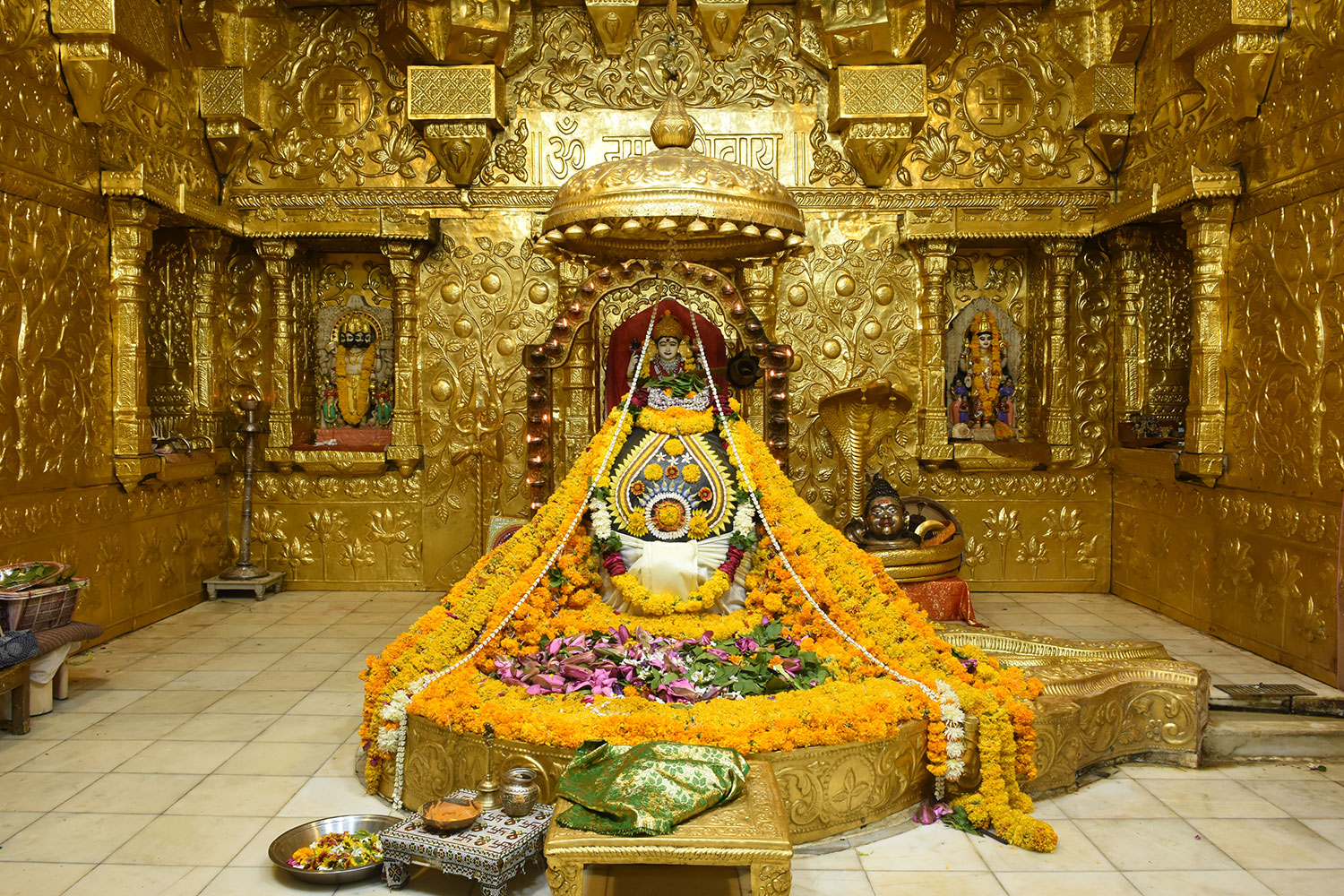
Legend: Moon god Chandra was cursed and lost his luster. He prayed to Lord Shiva at this site, who restored his glow, hence the name “Somnath” (Lord of the Moon).
2. Mallikarjuna Jyotirlinga – Andhra Pradesh
- Location: Srisailam, Andhra Pradesh
- Significance: Shiva and Parvati both are worshipped here
- Age: At least 1,000+ years old
- Famous For: One of the Shakti Peethas as well as Jyotirlingas
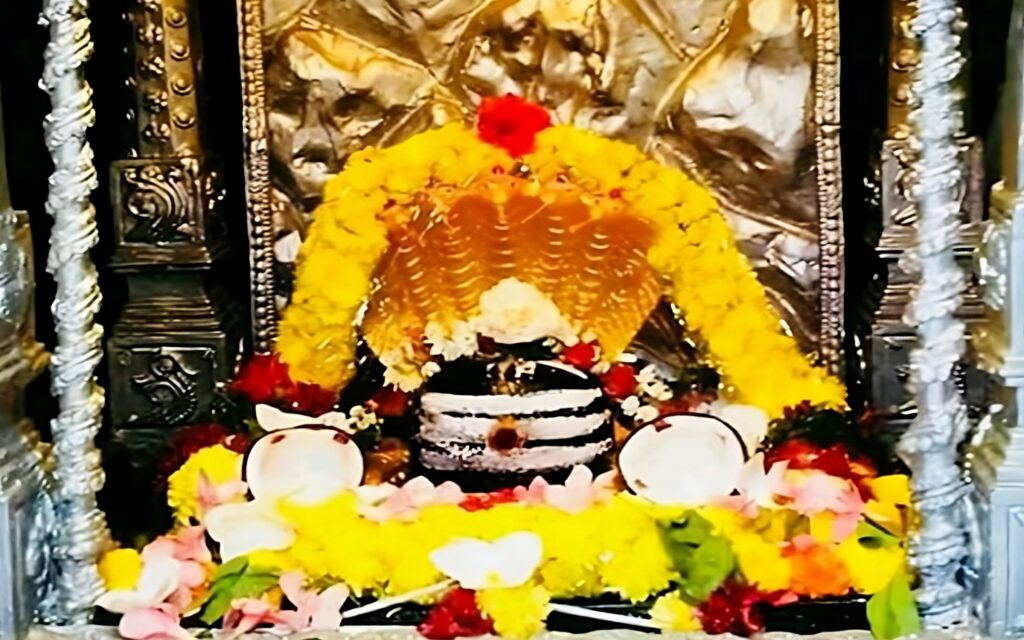
Legend: Shiva came here with Parvati when their son Kartikeya left Kailash in anger.
3. Mahakaleshwar Jyotirlinga – Madhya Pradesh
- Location: Ujjain, Madhya Pradesh
- Significance: Only south facing (Dakshinamukhi) Jyotirlinga
- Age: Several centuries old; known since Gupta period (4th century CE)
- Famous For: Bhasma Aarti, sacred ash ritual performed at dawn
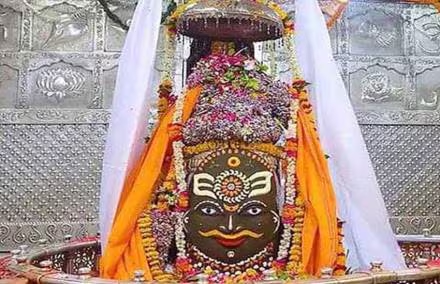
Legend: Lord Shiva appeared here to protect Ujjain from demons.
4. Omkareshwar Jyotirlinga – Madhya Pradesh
- Location: Mandhata Island, Narmada River, Madhya Pradesh
- Significance: Island shaped like “Om” (ॐ)
- Age: 1,000+ years; mentioned in ancient Puranas
- Famous For: The island’s natural Om shape and scenic beauty
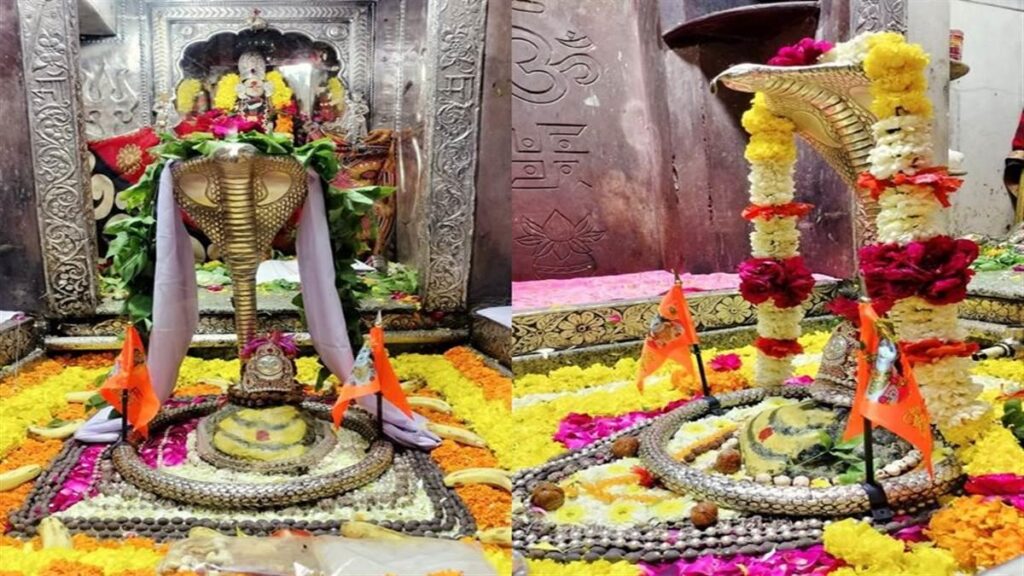
Legend: Shiva manifested here to end a deadly war between devas and asuras.
5. Kedarnath Jyotirlinga – Uttarakhand
- Location: Kedarnath, Himalayas, Uttarakhand
- Significance: One of the four Char Dhams
- Age: Over 1,200 years (temple believed built by Adi Shankaracharya)
- Famous For: Snow clad setting and spiritual trek to reach it
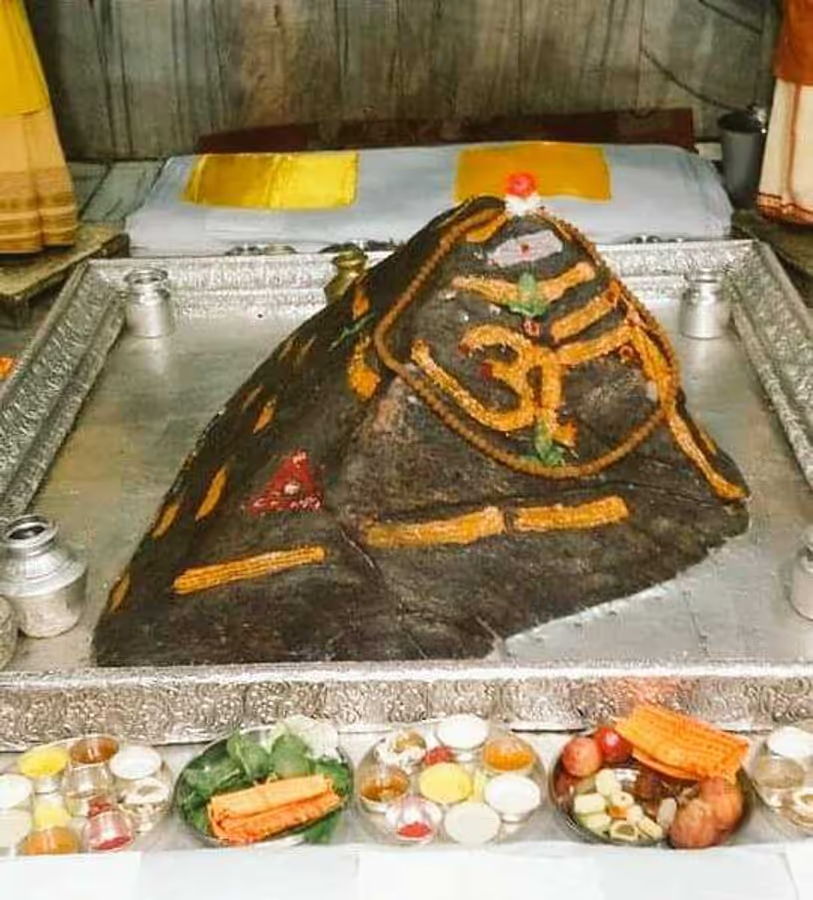
Legend: After the Kurukshetra war, the Pandavas sought Shiva’s forgiveness here.
6. Bhimashankar Jyotirlinga – Maharashtra
- Location: Pune district, Maharashtra
- Significance: Source of Bhima River
- Age: Over 1,000 years old
- Famous For: Serene forest setting and architectural blend of old and new
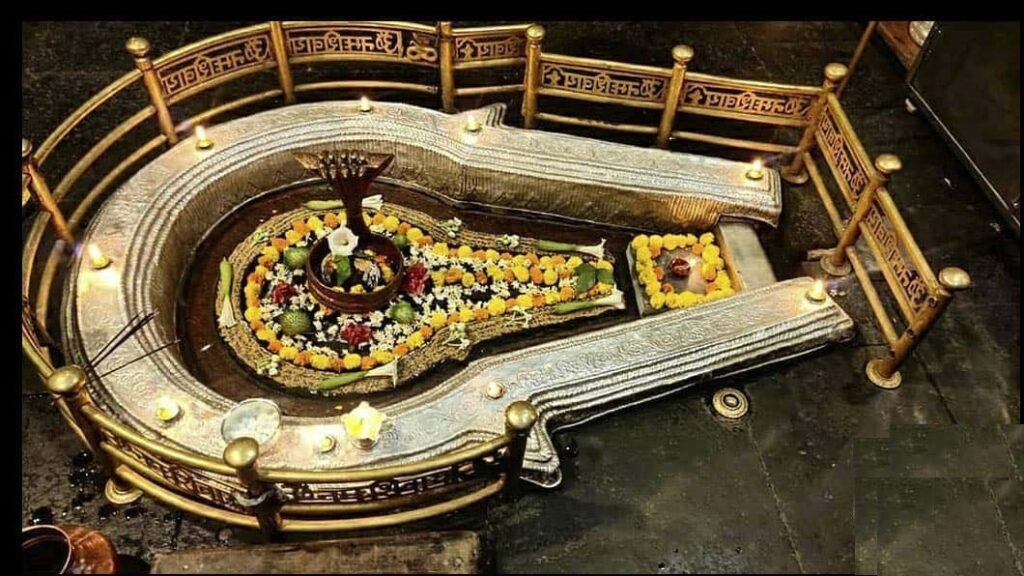
Legend: Lord Shiva took the Bhimashankar form to defeat demon Tripurasura.
7. Kashi Vishwanath Jyotirlinga – Uttar Pradesh
- Location: Varanasi, Uttar Pradesh
- Significance: Spiritual capital of India
- Age: Ancient, existing since at least 2,000 years
- Famous For: Ganga ghats, divine aura, and liberation (moksha) belief
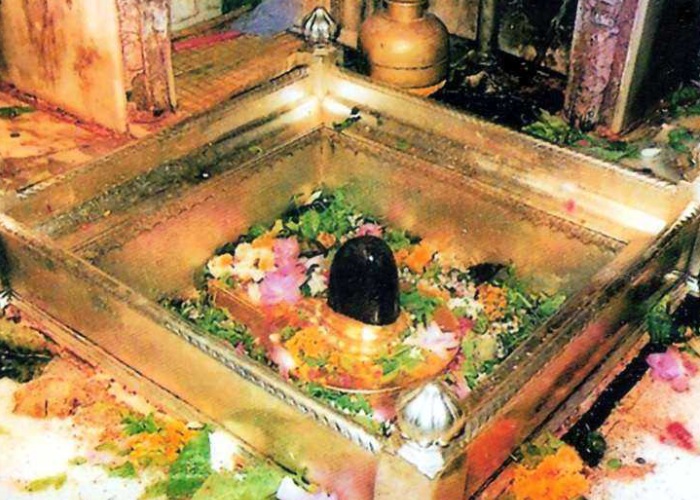
Legend: It’s believed that one who dies in Kashi is blessed by Shiva and freed from the cycle of rebirth.
8. Trimbakeshwar Jyotirlinga – Maharashtra
- Location: Nashik, Maharashtra
- Significance: Source of Godavari River
- Age: More than 1,000 years
- Famous For: Unique three faced linga (Brahma, Vishnu, and Mahesh)
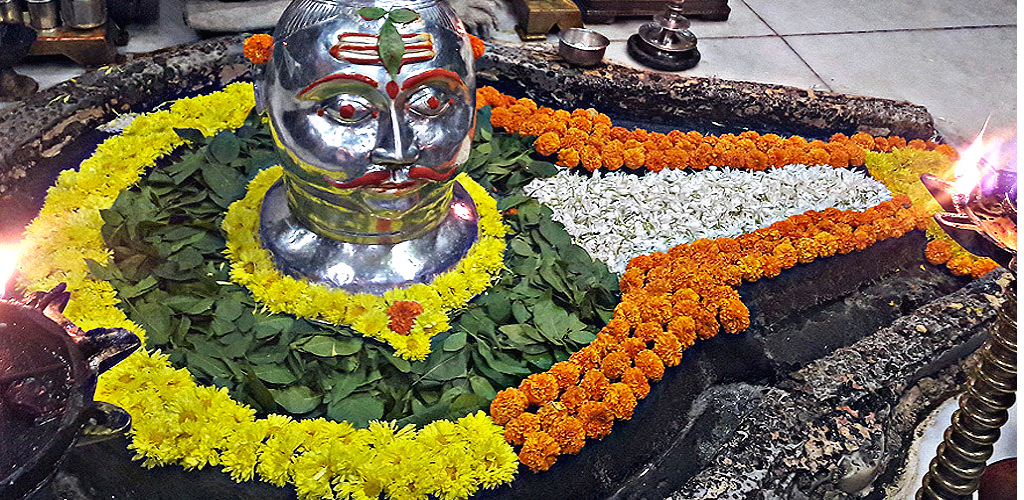
Legend: Sage Gautama and his wife worshipped Shiva here to bring Ganga to earth.
9. Vaidyanath (Baidyanath) Jyotirlinga – Jharkhand
- Location: Deoghar, Jharkhand
- Significance: Healing and health benefits
- Age: Historically significant since medieval period
- Famous For: Shiva as the “Healer of all diseases”
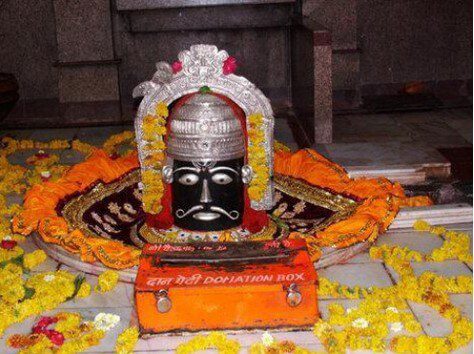
Legend: Ravana worshipped Shiva here to gain strength and powers.
10. Nageshwar Jyotirlinga – Gujarat
- Location: Near Dwarka, Gujarat
- Significance: Protector from poison and evil
- Age: Mentioned in Shiv Purana
- Famous For: Tall Shiva statue and spiritual ambiance
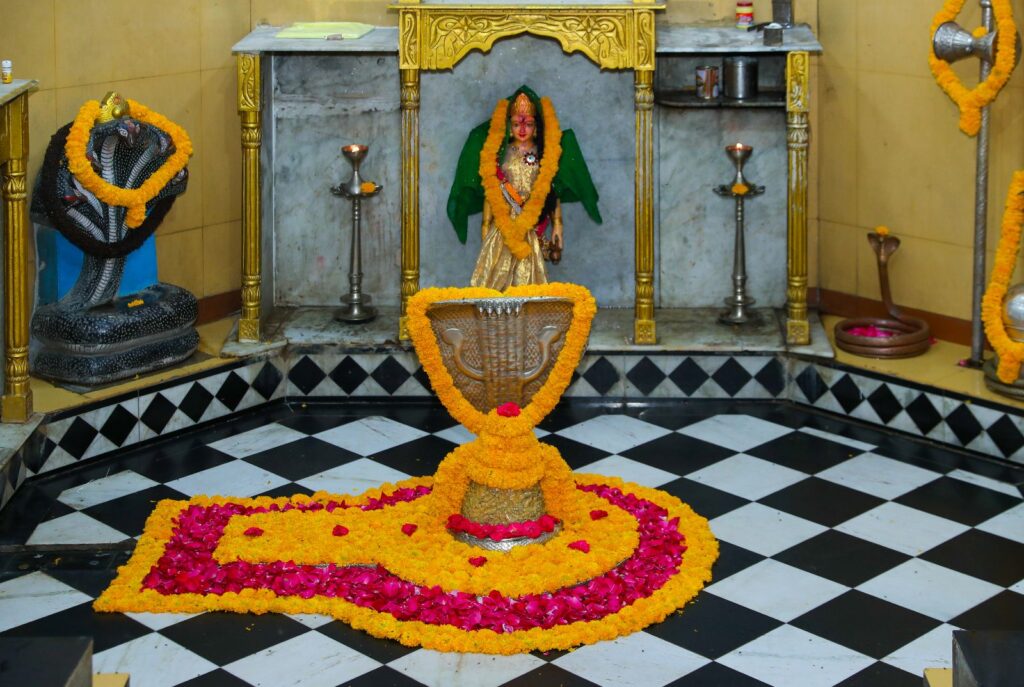
Legend: Shiva appeared here to protect a devotee from demons.
11. Rameshwaram Jyotirlinga – Tamil Nadu
- Location: Rameswaram, Tamil Nadu
- Significance: One of the Char Dham pilgrimages
- Age: Ancient, linked to Ramayana era
- Famous For: Built by Lord Rama himself

Legend: Lord Rama worshipped Shiva here to absolve the sin of killing Ravana.
12. Grishneshwar Jyotirlinga – Maharashtra
- Location: Aurangabad, Maharashtra (near Ellora Caves)
- Significance: Last of the 12 Jyotirlingas
- Age: Reconstructed in the 18th century by Queen Ahilyabai Holkar
- Famous For: Close proximity to the UNESCO listed Ellora Caves

Legend: A woman’s unwavering devotion brought Lord Shiva back to life here.
13. Pashupatinath Jyotirlinga – Kathmandu, Nepal (Unofficial/Spiritual Inclusion)
- Location: Kathmandu, Nepal
- Significance: Considered an informal 13th Jyotirlinga by many devotees
- Age: Over 2,000 years old; UNESCO World Heritage Site
- Famous For: Sacred abode of Lord Pashupati (Shiva), sprawling temple complex, and open-air cremation ghats
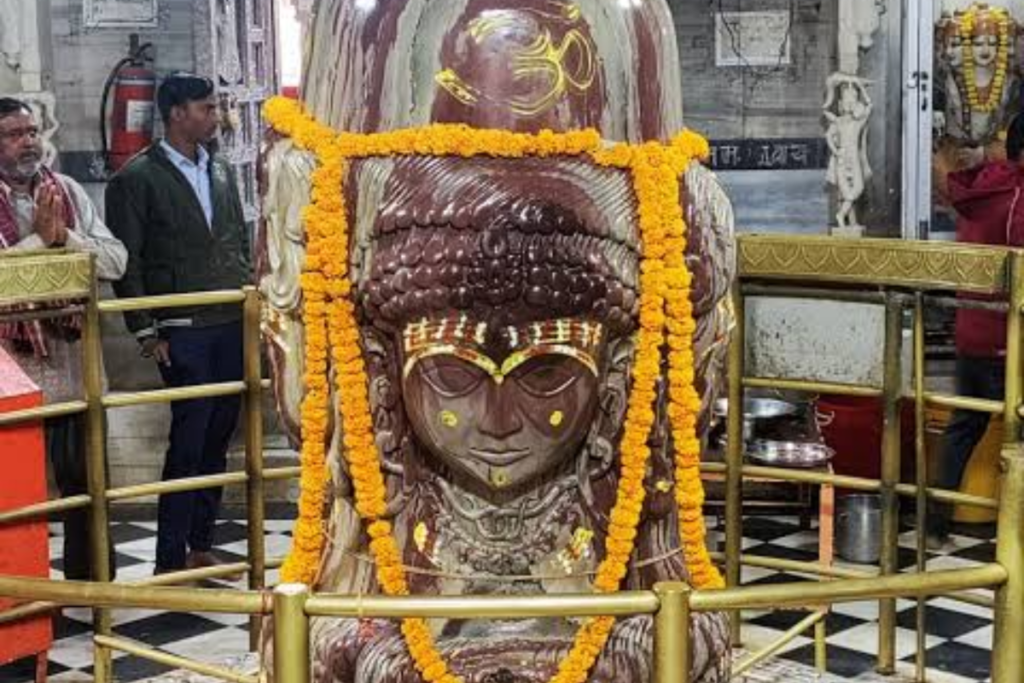
Legend: Pashupatinath is believed to be the “Lord of All Beings” (Pashupati) and is worshipped by Hindus across Nepal and India. According to folklore, Lord Shiva once took the form of a deer and roamed the Bagmati forests. When gods tried to bring him back, he dissolved into the soil, leaving behind the Jyotirlinga.
While not one of the canonical 12 Jyotirlingas mentioned in ancient scriptures, Pashupatinath is spiritually revered as a divine extension of Shiva’s cosmic presence earning it a sacred status among Shaivites.
What Makes the 13 Jyotirlingas of Lord Shiva So Special?
The 13 Jyotirlingas of Lord Shiva aren’t just sacred destinations they are powerful epicenters of divine energy, each believed to radiate a unique aspect of Shiva’s cosmic presence. These temples are considered spiritual powerhouses where Shiva manifested as a column of light (Jyoti), transcending form and matter.
Visiting these shrines is more than a pilgrimage; it’s a spiritual awakening. Devotees believe that darshan (sacred viewing) of all 13 Jyotirlingas, including the revered Pashupatinath Temple in Nepal, cleanses one’s soul, absolves karmic debts, and leads one closer to moksha liberation from the cycle of birth and rebirth.
Beyond their religious importance, these temples are also architectural marvels, nestled in some of the most scenic and spiritually charged locations from the icy peaks of Kedarnath to the banks of the Narmada and Ganga rivers.
Each Jyotirlinga is a living story a timeless symbol of unwavering faith, eternal light, and the boundless power of Lord Shiva.
For more such detailed information on places to visit in India , visit Popnewsblend.com
Get more information on Char Dham Yatra 2025 and Rudraksha Types & Benefits.

Hi, I’m Prashant Jain — a curious soul, storyteller, and content creator at heart.I’ve always been drawn to the world of entertainment, travel, sports, health & lifestyle — not just as a writer, but as someone who genuinely lives these experiences. Whether I’m binge-watching the latest OTT series, exploring offbeat spiritual destinations in India, or diving deep into wellness routines and cricket match insights, I love sharing what I discover with like-minded readers.
PopNewsBlend is my way of blending personal journeys with meaningful stories — ones that inform, inspire, and keep you ahead of the curve. Everything I write comes from real observations, hands-on experiences, and a deep passion for understanding the world around us.
Discover more from Popnewsblend
Subscribe to get the latest posts sent to your email.

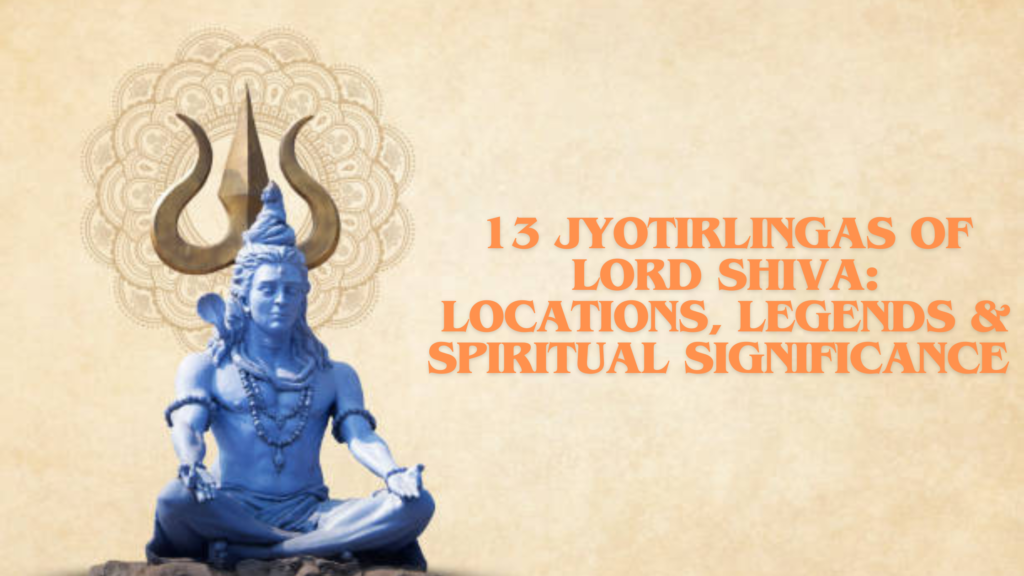



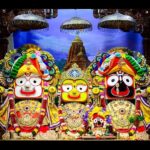


Pingback: Rudraksha Guide: Types, Benefits, Wearing Rules, Maintenance & Mantras
Pingback: Char Dham Yatra 2025: Yamunotri, Gangotri, Kedarnath, Badrinath
Pingback: Top 10 Temples in South India You Must Visit Once in Life Time
Pingback: Top 15 Spiritual Places in India Every Hindu Must Visit
Pingback: Why You Must Visit Kashi (Varanasi) at Least Once in Your Life – A Spiritual & Cultural Awakening
Pingback: 10 unforgettable Indian adventures before you turn 40
Reading this is like watching sunlight scatter through water. Light and shadow play delicately, creating movement, warmth, and subtle clarity throughout the experience.